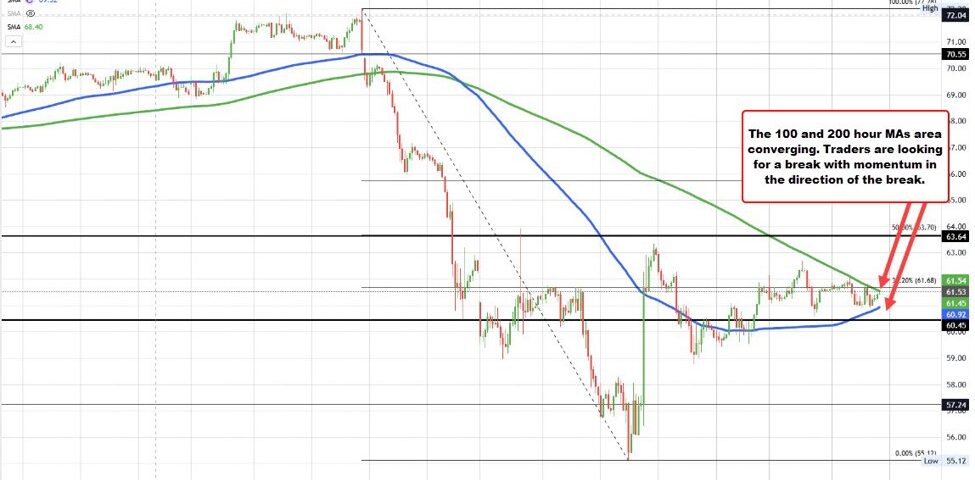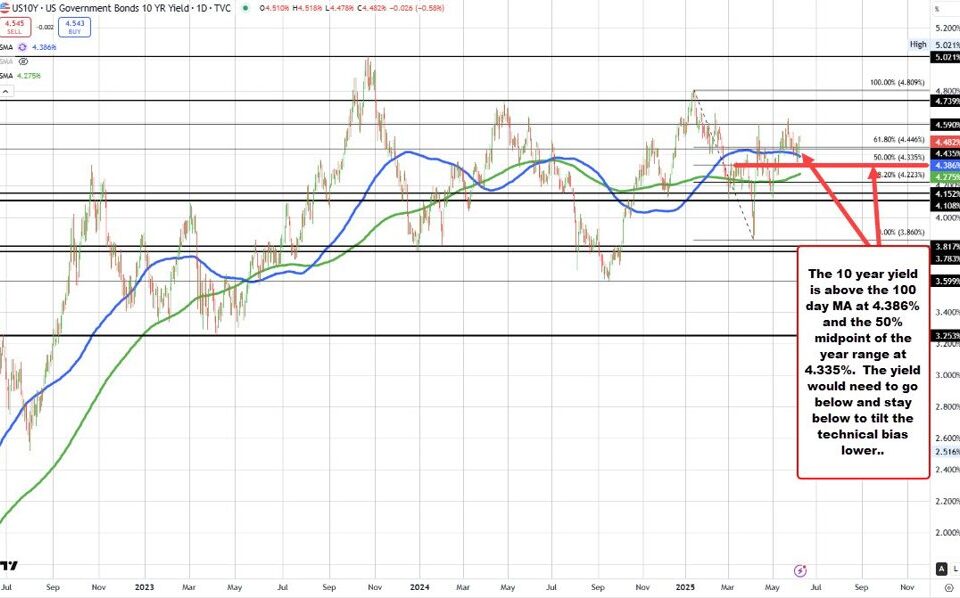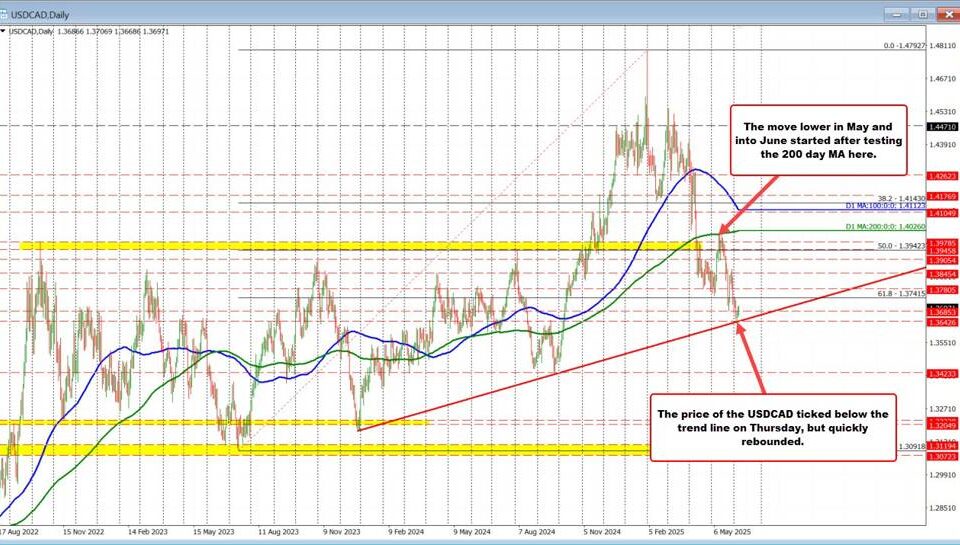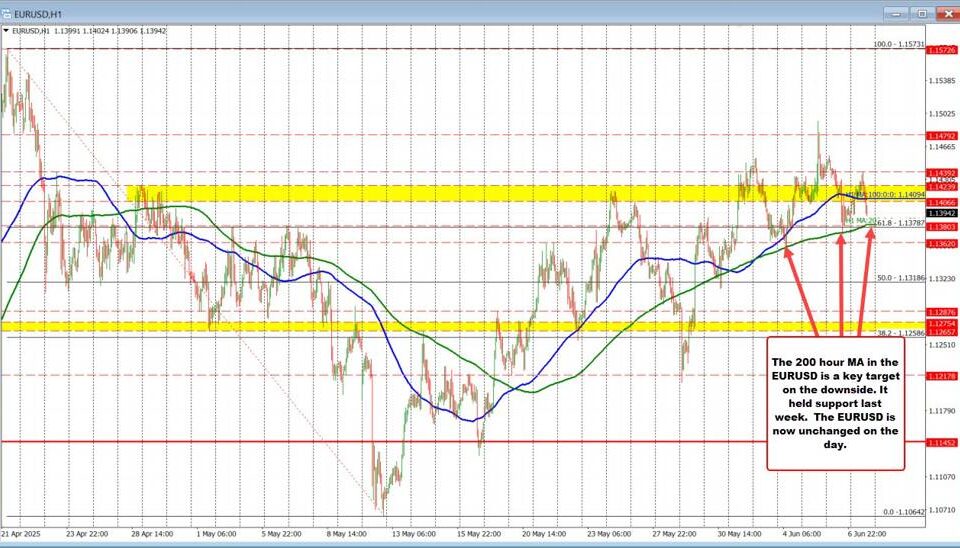US Import Prices and NY Fed Manufacturing Index Drive Dollar Volatility
Tháng 4 15, 2025US Import Prices and NY Fed Manufacturing Index Drive USD Volatility
Tháng 4 15, 2025Crude Oil Prices: Stability Amid Economic Uncertainties
As of April 15, 2025, crude oil prices have demonstrated remarkable stability for the second consecutive day, suggesting a temporary equilibrium amidst fluctuating market conditions and cautious economic forecasts. The current pricing trends reveal a complex interplay of supply and demand dynamics that have influenced oil markets globally.
Current Market Dynamics
The observed price stability reflects a delicate balance in the crude oil market. Recent reports indicate minimal fluctuations in oil prices, suggesting that traders are adapting to a range of economic indicators and geopolitical factors. This stabilization can be largely attributed to a combination of various influences impacting supply and demand.
The U.S. Energy Information Administration (EIA) has revised its projections regarding Brent crude oil prices, forecasting an average of $67.87 per barrel for 2025, with a further decrease to $61.48 per barrel anticipated in 2026. These adjustments mark a downward trend from previous forecasts, primarily due to shifts in trade policies and cautious economic activity expectations. The revision illustrates the ever-changing landscape of crude oil pricing and the responsive nature of market analysis.
Economic Influences on Oil Demand
While the International Energy Agency (IEA) projects a global demand increase of 730,000 barrels per day for 2025, there is an emerging sense of caution among analysts regarding future consumption. Various economic uncertainties, including changes in U.S. trade policies and signs of slowing growth in major economies, are leading to a more tempered outlook on demand. The recent report from BMI highlights how evolving trade policies are influencing market expectations, predicting that the average Brent price could decrease from $76 per barrel down to $68 per barrel in 2025. Such changes underscore the potential for shifting consumer demand that could dramatically alter pricing landscapes.
For more insights into strategic financial decision-making during economic fluctuations, consider exploring the key points in the blog about investment mistakes to avoid in 2023.
Historical Context and Price Comparisons
In the current market environment, WTI crude oil prices are being scrutinized closely, with notable regional price discrepancies observed at the gas pump. In states like California and Hawaii, pump prices have soared to $4.88 and $4.52 per gallon, respectively, emphasizing the direct implications that crude oil price fluctuations have on retail gasoline prices.
Historically, the all-time high for WTI crude oil remains at $147.27, achieved in July 2008. This benchmark price stands in sharp contrast to today’s levels, which, although stabilized in the short term, are under constant pressure from geopolitical tensions and economic factors influencing global markets.
In summary, while the current trend indicates stability in crude oil pricing, heightened vigilance is warranted as market participants continue to monitor economic indicators and policy changes. The interplay of demand adjustments and trade policy evolution will determine the direction of crude oil prices in the near future, potentially leading to increased volatility. Traders and consumers alike are advised to remain attentive to how these factors unfold, as they will play pivotal roles in shaping the global energy landscape for years to come. Additionally, understanding the importance of value investing strategies during such times can be beneficial for long-term gains.




